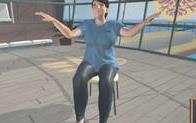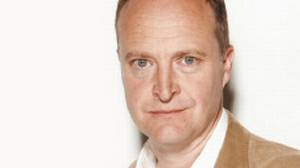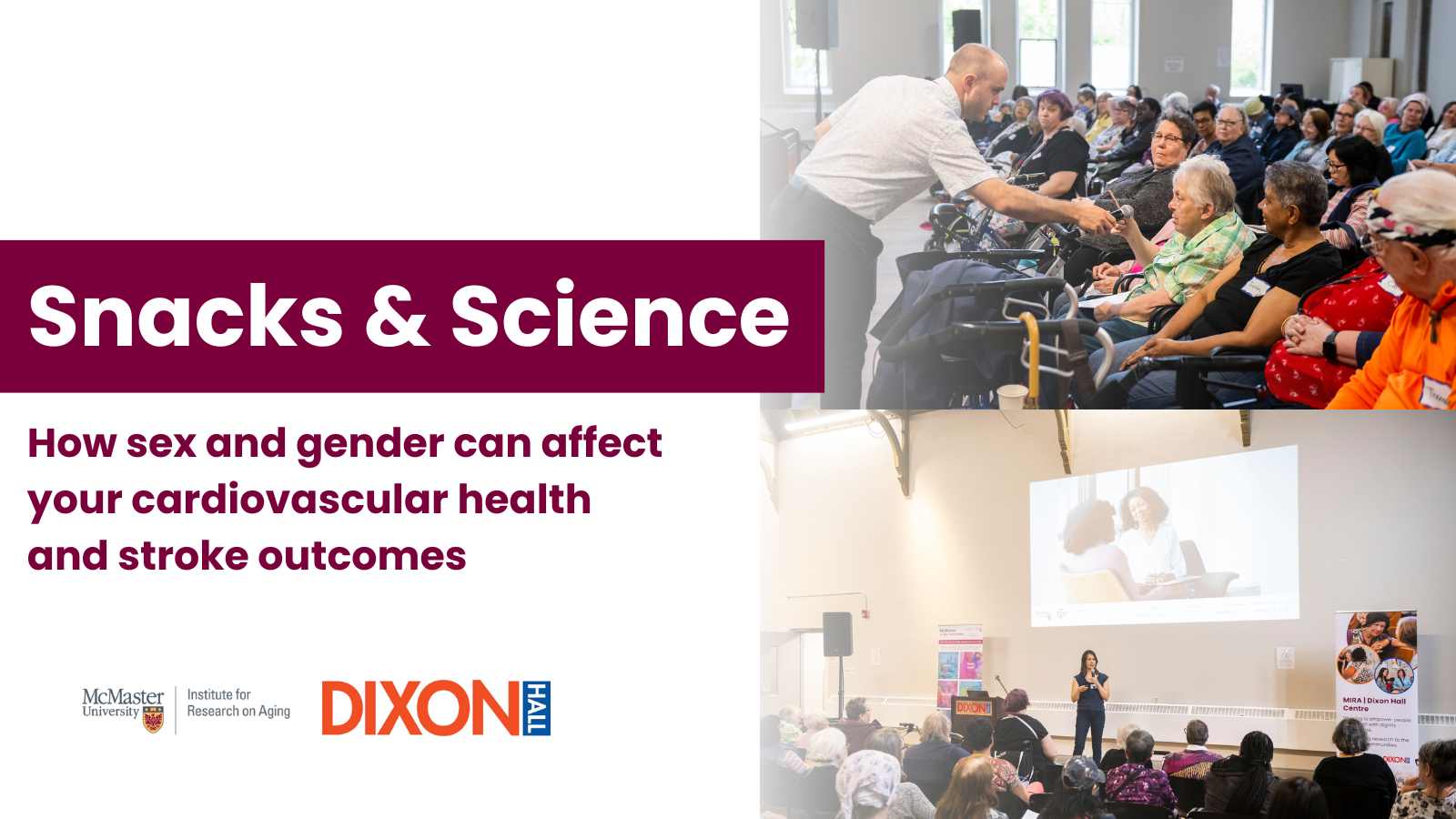Members of MIRA ​were featured in a Globe and Mail supplement focused on healthy aging. Distributed in print and online on November 21, 2016, the supplement features stories about outcomes arising from McMaster’s strength in aging research.
Published: November 18, 2016

Dancing may not seem an obvious fit with Parkinson’s disease, but recent research has found that dancing can improve motor skills as well as alleviate anxiety and depression in Parkinson’s patients. A progressive, neurodegenerative disorder, Parkinson’s symptoms include poor balance, tremors and stiff muscles. In Canada, more than 25 people are diagnosed with it every day.
Thankfully, dancing with Parkinson’s programs have cropped up across North America including at the Hamilton City Ballet (HCB). HCB runs its program every two weeks, and has partnered with researchers at McMaster University to take things one step further.

“We know music and dance are rich brain foods, and can assist significantly with mobility. However, to maximize their potential, you want daily engagement.”
Matthew Woolhouse is assistant professor at McMaster University
Led by Matthew Woolhouse, the McMaster University team has developed a technology-based dance system that allows participants to continue their dance therapy at home. “We know music and dance are rich brain foods, and can assist significantly with mobility. However, to maximize their potential, you want daily engagement, which, through a process called brain plasticity helps to retrain the brain,” explains Dr. Woolhouse. “For healthy neurons to take over from those that have been damaged, regular engagement and purposeful action are required.”
Using Microsoft Kinect – the same motion-sensing technology used with the Xbox – the research team developed an interactive dance system based on HCB’s choreography. The system uses real-time body tracking and gesture recognition so it can modify what the virtual dance instructor does, based on a person’s capabilities. As Parkinson’s patients have varying degrees of mobility, the app can adjust to interact with each person appropriately. The plan is to have version 3.0 publicly available by late summer 2017.
Equally important, the app serves as a powerful research instrument that records motion data, providing long-term records for studies on the trajectory of the disease and the long-term effect of regular engagement with music and dance. “There is no known cure, and in most cases, no known origin for Parkinson’s,” says Dr. Woolhouse. “Through this world-class research tool, we can get very detailed, accurate data relating to the development of the disease, which is crucially important to understanding it and developing effective treatments.”
This article originally appeared in a Globe and Mail sponsor content feature on Healthy Aging produced by Randall Anthony Communications Inc. Reprinted with permission. All rights reserved. The feature can be viewed here or downloaded here.

